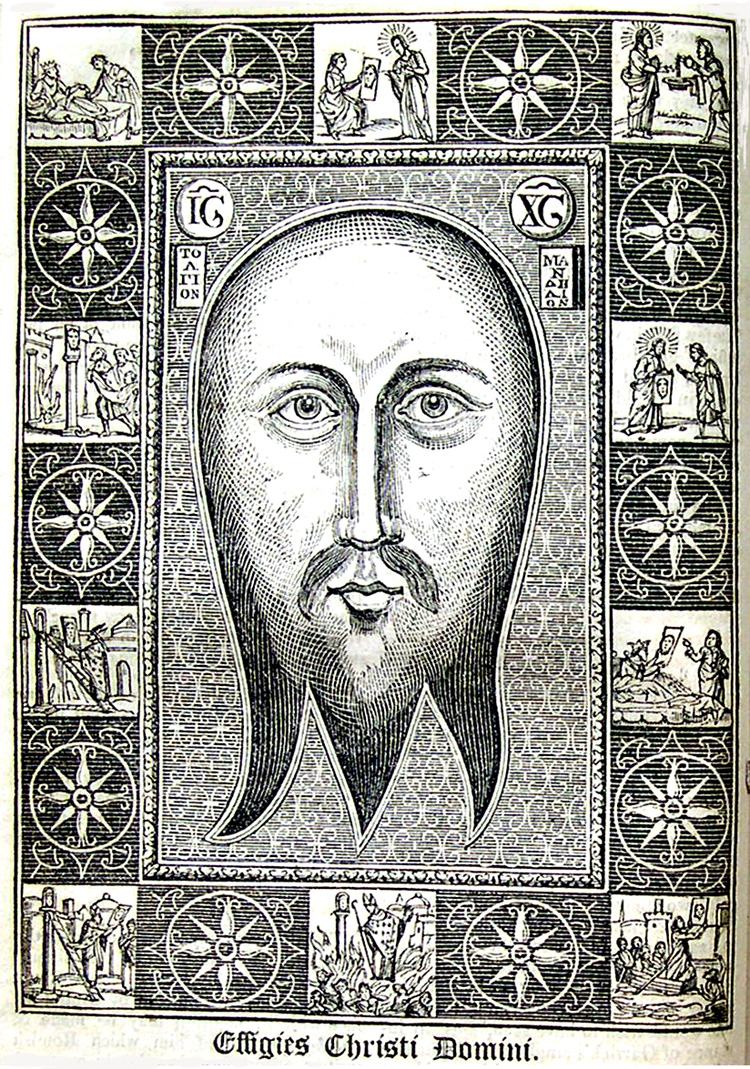January 13.
1826. Hilary Cambridge Term begins.
ST. VERONICA.Some curious circumstances are connected with the name of this saint, who appears to have been a poor ignorant girl, born near Milan, where she worked in the fields for her living. Conceiving a desire to becume a nun, she sat up at night to learn to read and write, which, her biographer says, for want of an instructor, was a great fatigue to her. He proceeds to tell us, that she was relieved from labour of that kind in the following manner:—"One day, being in great anxiety about her learning, the mother of God, in a comfortable vision, bade her banish that anxiety, for it was enough if she knew three letters." So Veronica became a nun, seeking "the greatest drudgery," desiring "to live always on bread and water," and dying "at the hour which she had foretold, in the year 1497, and the fifty-second of her age. Her sanctity was confirmed by miracles." We gather this from Alban Butler, who subjoins, by way of note, thus:—
"The print of the holy face of our Saviour on a linen cloth is kept in St. Peter's church at Rome, with singular veneration.—Some private writers and churches have given the name of St. Veronica to the devout woman who is said to have presented this linen to our divine Redeemer, but without sufficient warrant."
Before saying any thing concerning the earlier St. Veronica, or "this linen" whereon Romish writers allege Christ impressed his own portrait by wiping his face with it, mention may be made of another portrait of him which Romish writers affirm he miraculously executed in the same manner, and sent to Abgarus, king of Edessa, in the way hereafter related. They have further been so careful as to publish a print of this pretended portrait, with representations around illustrating the history they tell of it. An engraving from it immediately follows. The Latin inscription beneath their print is placed beneath the present engraving.
Effigies Christi Domini.
Ex ipsomet Divino Exemplari AD ABGARUM missa Genuœ in Ecclesia Sti. Bartolomœi
Clericorum Reg. Sti. Pauli Summa Veneratione asservatoAccuratissime Expressa.
No circumstance is more remarkable than the existence of this pretended resemblance, as an object of veneration in the Romish church. Being one of the greatest curiosities in its numerous cabinets of relics, it has a place in this work, which, while it records manners and customs, endeavours to point out their origin, and the means by which they have been continued. Nor let it be imagined that these representations have not influenced our own country; there is evidence to the contrary already, and more can be adduced if need require, which will incontestably prove that many of our present popular customs are derived from such sources.
NATURALISTS' CALENDAR.
Mean Temperature . . . 35 . 27.
